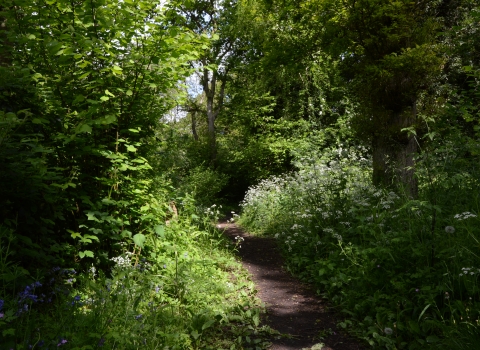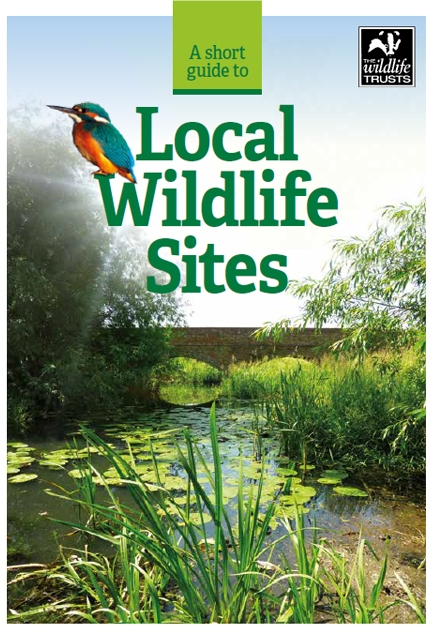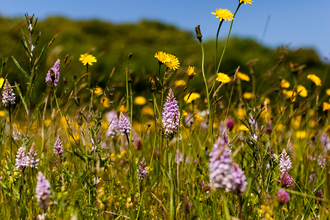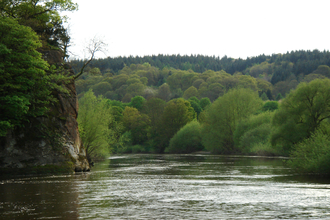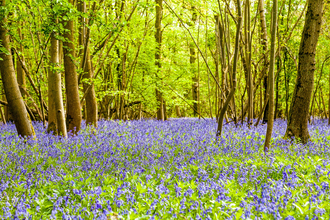Local Wildlife Sites in Worcestershire
Local Wildlife Sites are the most important habitats in our landscape outside statutory designated areas. They form the county’s rich network of ancient hedgerows, orchards, woodlands, heathlands, grasslands, rivers and wetlands. A site may be the smallest of hay meadows in the Forest of Feckenham or a major river corridor such as the River Severn. The survival and recovery of Worcestershire’s most iconic species - including dormice, slow-worms and noble chafer beetles - is dependent on the maintenance and sympathetic management of these habitats.
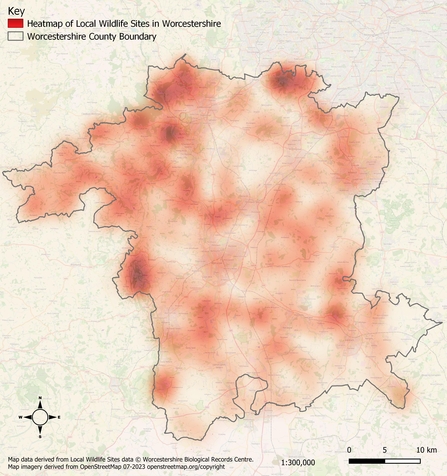
Local Wildlife Sites heatmap
We have around 537 sites covering 9,274ha. This is 5% of Worcestershire and represents a significant proportion of the county’s best natural habitats. Together they form the foundation of Worcestershire’s nature recovery network and enhance the wellbeing of communities that live amongst them.
The sites are selected against a set of locally and nationally recognised criteria developed by the Worcestershire Local Wildlife Sites Partnership. Identifying and listing these sites enables recognition and conservation of their incredible importance for nature.
Why do Local Wildlife Sites matter?
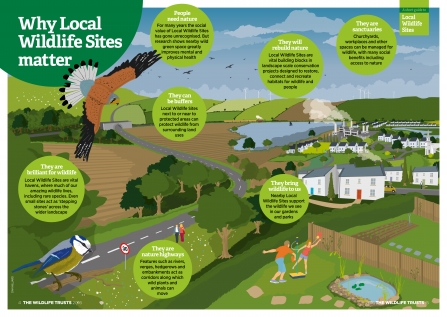
Why Local Wildlife Sites Matter by The Wildlife Trusts
How are Local Wildlife Sites protected?
Local Wildlife Sites are recognised within local government policy and the planning system, meaning that they receive some protection from developments that may be damaging. However, the most influential factor in keeping these sites safe is the goodwill of the people who manage them. We work closely with many site owners and managers to help them maintain their Local Wildlife Sites in the best condition for wildlife.
Do you manage a Local Wildlife Site?
Local Wildlife Sites could be owned and managed by anyone including private individuals, businesses, organisations and public bodies. In addition to Local Wildlife Site status being an acknowledgement of the positive long-term management of a site and its substantive value for wildlife, having a site listed as a Local Wildlife Site can also provide landowners with:
- Access to professional support for botanical survey and habitat management advice
- Enhanced access to environmental grants and green finance options
- Opportunities to diversify farming enterprises
It is also worth noting that a Local Wildlife Site listing does not grant any right of public access to land, does not justify a statutory designation and does not directly impose legal obligations on a landowner or directly affect current agricultural activity.
If you think you may own or manage a Local Wildlife Site then we would love to hear from you and see how we may help. You can reach the Worcestershire Local Wildlife Sites Partnership by sending us an email at localwildlifesites@worcestershirewildlifetrust.org
A short guide to Local Wildlife Sites
Why not have a read through the Wildlife Trusts' short guide to Local Wildlife Sites? It further explains what they are, why they're important, the challenges facing them and more.

